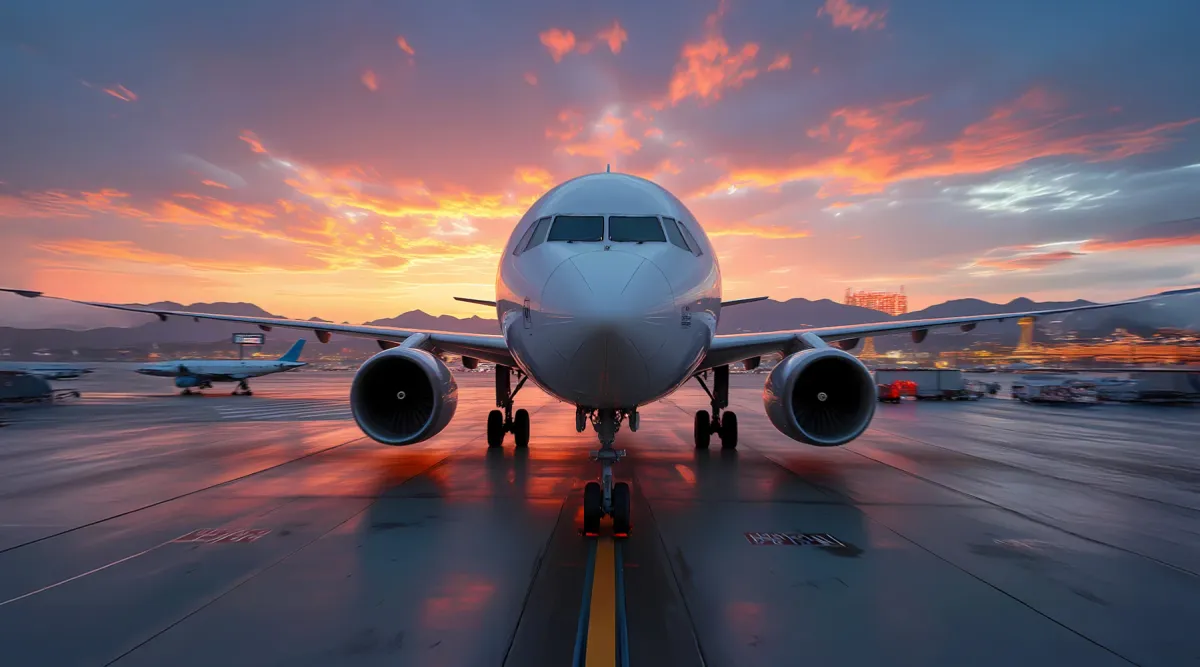Will Innovations in Aircraft Technology Revitalize the Future of Indian Aviation?
Explore how cutting-edge aircraft innovations, from fuel efficiency to AI-driven automation, are set to revolutionize Indian aviation, enhancing sustainability, safety, and passenger experience.

Air travel, at present, is one of the most time-efficient, long-distance travel method, both domestically and internationally. At the brink of a transformative journey, the Indian aviation market is powered by innovations in aircraft technology and a growing demand for comfortable travel.
With India set to overthrow China to become the world’s third-largest aviation market by 2030, technological advancements are set to play a major role in attaining this benchmark. These innovations are not just here to enhance efficiency in operating but also to integrate better passenger experience and contribute to present-day sustainability goals.

Brand-New Modern Aircrafts in Action
- Aircraft manufacturers like Airbus and Boeing have brought forth a drastic change in the Indian aviation landscape with advanced narrow-body aircraft, in the commercial category, which collectively accounted for 85% of the aviation market in 2023.
- These aircrafts are renowned for their efficiency and versatility, making them ideal for the short- to medium-haul routes which primarily dominate Indian domestic aviation. Their adoption has been pivotal for carriers like IndiGo and SpiceJet, enabling these airlines to cater to domestic travellers, who constituted 270 million domestic passengers in 2023.
All Hands on Sustainability
- Sustainability is slowly but surely becoming a priority for the Indian aviation market. It is being made a priority with initiatives like SpiceJet’s commitment to fly 100 million domestic passengers on Sustainable Aviation Fuel (SAF) blends by 2030.
- These efforts go hand in hand with global climate awareness while focusing on providing the airlines a ground for competition. The promotion of SAF is also supported by government policies, including investments worth USD 1.83 billion by 2026, for airport infrastructure with an aim to foster greener and more sustainable aviation operations.
Integration of Advanced Navigation Systems
- Indian airlines are increasingly leaning towards advanced navigation systems such as Required Navigation Performance (RNP) and Performance-Based Navigation (PBN), allowing them more direct and fuel-efficient travel.
- IndiGo, one of the commanding leaders with a market share of 54.7%, has brilliantly utilized these systems to improve its operational efficiency leading to reducing fuel costs. Furthermore, these advancements also contribute to reducing carbon footprint, a critical factor in today’s aviation.
Prioritizing the passenger experience
- Modern aircraft are reinventing passenger experiences through up-to-date entertainment systems, high-speed Wi-Fi, and comfort-oriented seating. Airlines like Vistara, which holds a 10.4% market share, are leveraging these new instalments to attract mainly business-class and first-class travellers. Such advancements are making air travel more appealing, specifically drawing in India’s growing middle class.
The New Faces of Regional Air Travel
- Initiatives put forth by the Indian Government such as RCS-UDAN with an aim to enhance regional connectivity is highly fuelling an interest in electric and hybrid aircrafts, particularly for shorter routes via Tier-II and Tier-III cities.
- Although still in an experimental phase, these aircrafts hold an assurance to reduce noise pollution and costs of operation. They also align with India’s aim to expand airport infrastructure from 140 functional airports in 2023 to 220 by the end of 2025.
The Soaring Potential
Innovations in aircraft technology cannot just be looked at as a response to current market demands but as a strategic investment for the future of Indian aviation industry. From the adoption of sustainable aviation fuel to implementation of advanced navigation systems using lightweight materials, the integration of cutting-edge technology is not just desirable but essential to ensure that India’s aviation sector remains a leading name.


